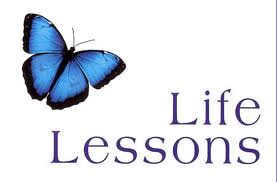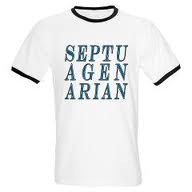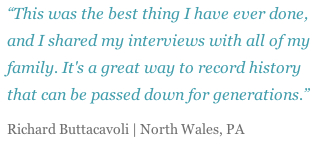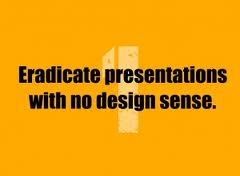As part of my exploration of life-story-based career interventions, I came across an academic paper, “Analysis of an Online Career Narrative Intervention: ‘What’s My Story?'” by Lisa Severy, director of career services at the University of Colorado, Boulder, who created a narrative online intervention as part of her dissertation project. (You can find the paper, published in The Career Development Quarterly, if you have access to library databases.)
The intervention no longer exists for others to use since Severy created it just for her research. However, she tells me, a number of the intervention’s components were rolled into an assessment that is available on the Web (see graphic at bottom of this post; more about that later).
Narrative/story-based career interventions and assessments are not exactly a booming trend, but they are an emerging form that is attracting attention in the counseling community and among job-seekers. Severy noted in her 2008 paper that many more volunteers than expected signed up to participate in the online career narrative intervention, suggesting strong interest in this type of narrative career exploration.
The approach springs from constructivist career development, which, Severy writes, “assumes that individuals organize themselves and the world around them into categories based on their own experiences and refiection on those experiences. In turn, “narrative career counseling is a type of constructivist model emphasizing language, discourse, and theme development,” she writes. This approach “involves the writing and revising of a coherent personal and professional narrative through exploration, experience, and refiection. By creating personal career narratives, clients are empowered to make career transitions in accordance with the overarching, long-term career constructs, Severy continues.
Advantages include using the clients’ own language rather than relying on “norm reference, reflecting diversity of human experience.” In this way, the intervention is an idiographic approach that focuses on clients’ individual behavior and uniqueness — as opposed to nomethetic forms of assessment that look at skills, values, and traits.
In fact, nomethetic forms have been criticized as reductive in that they, as Severy notes, “reduce clients to a particular set of traits.” In contrast, “the narrative process invites clients to expand their experience, explore options, and create opportunities that fit into their changing constructs of careers.” Severy’s online system did not compare “responses of a norm group or with an established set of criteria,” nor did it use an algorithm to generate outcomes.
The other advantage of the narrative approach is that it “encourages long-term strategic transition management rather than one-time decision making that can create a cyclical pattern of quick choice followed by crisis,”
The major disadvantage is that narrative assessment/intervention requires a lot of time and effort by both counselors and clients. Severy noted a “troublesome” number of participants who did not complete the intervention, though she doesn’t specify what percentage failed to finish.
Severy’s project was designed “to help clients reflect upon their construct of career, including life themes of success, influence of others, interests, and values.” To do so, participants experienced eight online activities:
- Narrative Themes: Early Childhood Recollections
- Narrative Themes: Autobiography
- Narrative Themes: Role Models
- Values Checklist: What Do I Really Want?
- Interests: Choosing a Genre
- Significant Others: Casting Your Characters
- Personal Mythology: What Role Will I Play
- Action Steps: What Do I Do Now?
Severy compared the tool to “an online guided journal.”

Here’s how Severy described her research results:
Results indicate that participants using the online tool exhibited less career indecision and more certainty after completing the online tool and in comparison with participants who did not complete the activities.
As I mentioned, Severy’s project did not live on in its original form as something that folks can experience today; however, around the same time she was completing that project, she got involved with a company called Turning Points, and many of the activities in Severy’s system got folded into Turning Point’s online tool, True Path. As you look at the True Path screenshot below (larger version here), you can see the similarities. I have asked for the opportunity to test/review True Path but have not yet had a response; if I do, I’ll update this post or write a new one.











